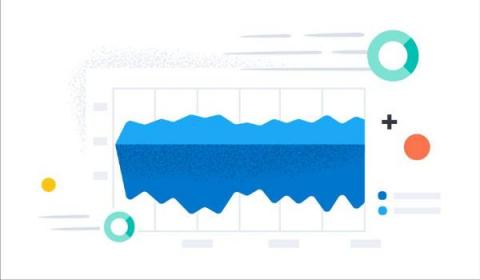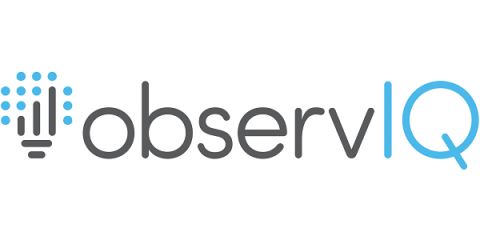Operations | Monitoring | ITSM | DevOps | Cloud
Logging
The latest News and Information on Log Management, Log Analytics and related technologies.
How to monitor MongoDB with OpenTelemetry
How to Create a Cribl Pack
Working with Sample Files in Cribl Stream
How Elastic powers speed, security, and connectivity in capital markets
Speed is everything in capital markets. Success in the front and back office is dependent on the ability to provide accurate, fast responses to challenging questions. Over the past several decades, there has been a tremendous increase in the amount of information available to market participants, and trade transactions are now being carried out at a very rapid pace. In parallel, the technology which capital markets firms are developing is becoming increasingly complex.
AWS Service Observability using OpenTelemetry
Efficient use of observability statistics is essential to any microservice architecture. OpenTelemetry is a project supported by the Cloud Native Computing Foundation (CNCF) to enhance the observability of microservice projects. AWS Distro for OpenTelemetry (ADOT) is an AWS-supported distribution of the OpenTelemetry project specifically designed to improve the observability of AWS projects.
observIQ Expands Partnership with Google Cloud to Support OpenTelemetry
Why Small Bugs Matter at Cribl
Everybody is used to dealing with the bugs on their smartphone and other technology devices In their homes that have been an issue for years. The fact that they may never be resolved is just one of those things that we’ve decided to accept. At Cribl, we approach this situation differently — we’re not okay with bugs of any size.
Application logging with Flask
Without logs, or a good understanding of them, debugging an application or looking through an error stack trace can be challenging. Luckily, Flask logging can change the way you understand debugging and how you interact with logs produced by the application. The Flask logging module gives you a way to record errors over different severity levels. A default logging module is included in the Python standard library, and it provides both simple and advanced logging functions.











